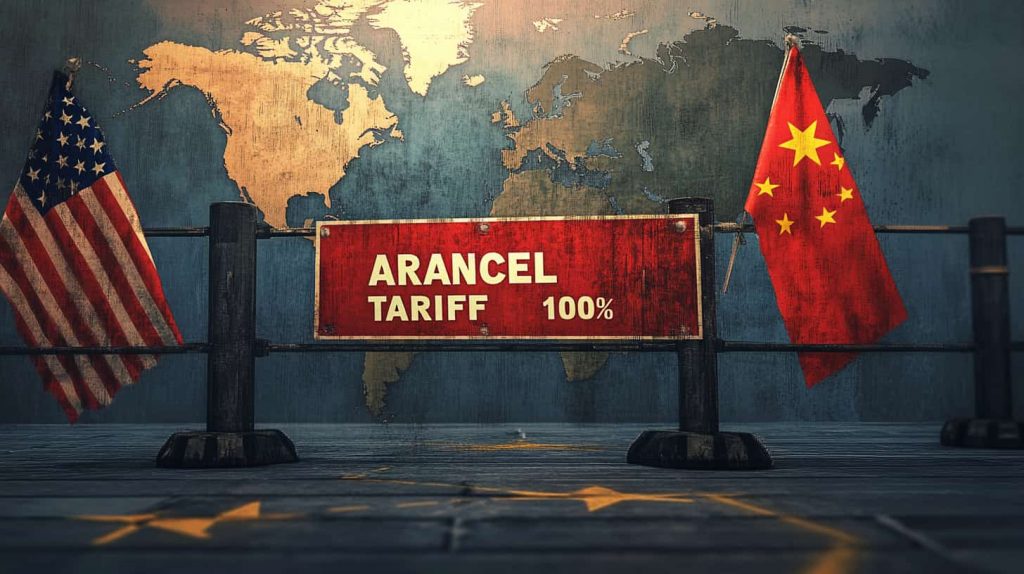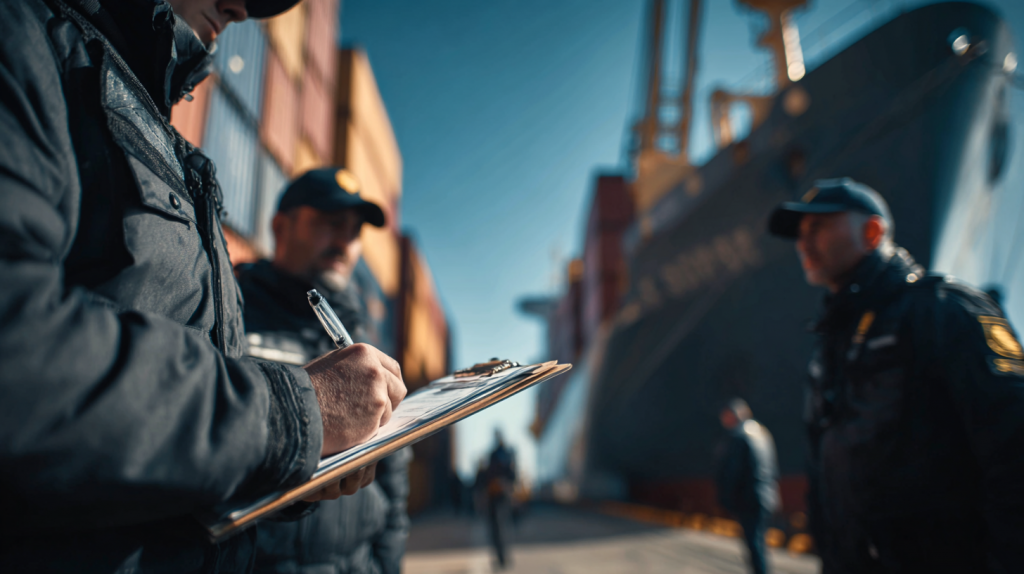Tariff Policies and the Supply Chain: Repercussions and Strategies for 2025
Tariff policies and the global supply chain are more intertwined today than ever before. Government decisions on international trade taxes don’t just affect exporters and importers—they create ripple effects across every link of the global logistics network. Costs, timelines, routes, and trade relationships can shift dramatically when protectionist measures are introduced.
In 2025, this issue has surged back into the global spotlight following recent moves by president Donald Trump. In April, Trump announced a blanket 10% tariff on imports—excluding Mexico and Canada—along with an additional 34% on Chinese goods and 20% on imports from the European Union. He also threatened to impose a 100% tariff on cars made in Mexico—a move that would severely disrupt the country’s manufacturing and automotive industries.
This geo-economic shakeup is a clear warning to businesses: tariff policies and the supply chain must be analyzed together—and strategically.
How Do Tariff Policies Impact the Supply Chain?
- Rising logistics costs: Higher tariffs drive up the price of imported goods and raw materials. That can squeeze profit margins or force companies to pass the increase onto consumers, weakening competitiveness.
- Delays and bureaucracy: Frequent changes in tariff classifications, tighter customs controls, or new rules of origin can slow down logistical processes and cause bottlenecks.
- Reshuffling suppliers and routes: Companies may need to rethink sourcing strategies, seeking partners in countries with more favorable trade agreements or less exposure to restrictive policies.
- Trade instability: Trade wars and unilateral measures increase uncertainty for companies that rely on international commerce as a key growth driver.
How Can Companies Prepare?
To navigate the challenges posed by tariff policies and protect their supply chains, companies should consider these key strategies:
- Diversify sourcing: Avoid relying on a single country. If that partner faces sanctions, your operations could be at risk.
- Optimize customs compliance: Leverage customs experts or software to properly classify goods and take advantage of any tariff benefits available.
- Stay on top of regulatory changes: Being informed about new policies enables proactive, rather than reactive, decision-making.
- Invest in logistics technology: Tools for traceability, market intelligence, and automation allow companies to respond swiftly to disruptions.
- Work with reliable freight forwarders: A good freight forwarder does more than move goods—they’re strategic partners who help foresee and manage logistical and tariff-related risks.
What Does This Mean for Mexico?
As one of the U.S.’s key trading partners, Mexico must tread carefully. While initially exempted from the general 10% tariff, the looming threat of steep tariffs on its automotive exports is cause for concern. Mexican businesses must bolster their resilience, adapt their supply chains, and explore nearshoring opportunities to reduce exposure to direct sanctions.
Additionally, the ongoing uncertainty surrounding tariff policies and supply chain rules could affect regional agreements like the USMCA. It’s vital that companies fully understand rules of origin, dispute resolution mechanisms, and protective tools available under the agreement.
Final Thoughts
Tariff policies and the supply chain are more connected than ever. In 2025, businesses that want to remain globally competitive must adopt a holistic, proactive, and flexible approach. This means not just adapting to change, but anticipating it, optimizing operations, and forming strategic partnerships with logistics experts and trade advisors.
Is your company ready for the next wave of tariffs? Now is the time to evaluate your supply chain and make informed decisions—before trade policy sets the pace for your business.


